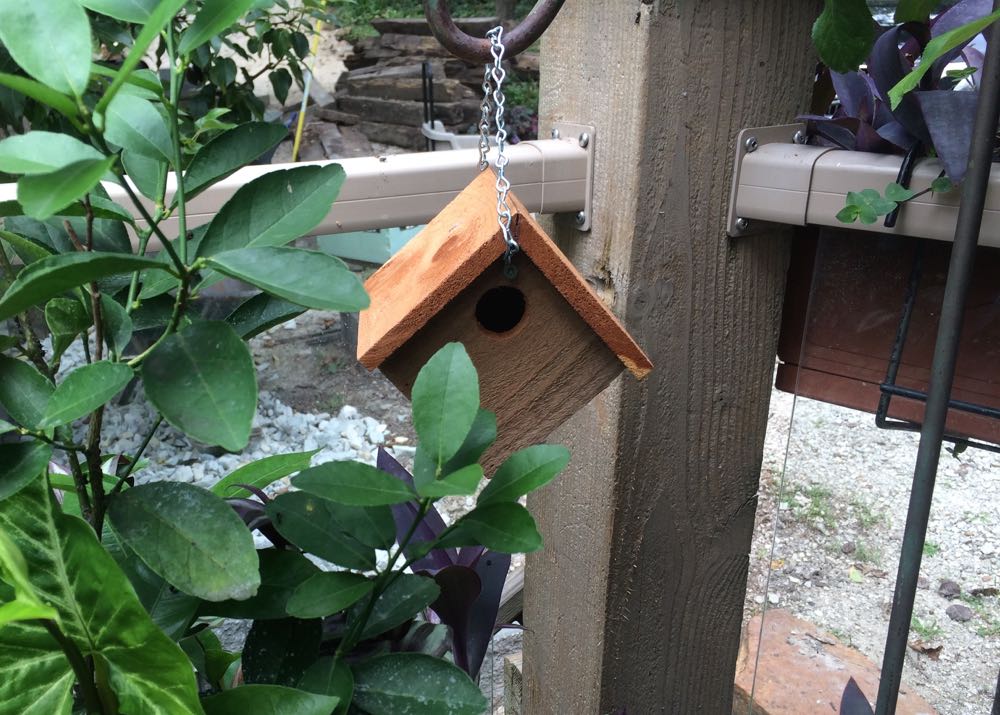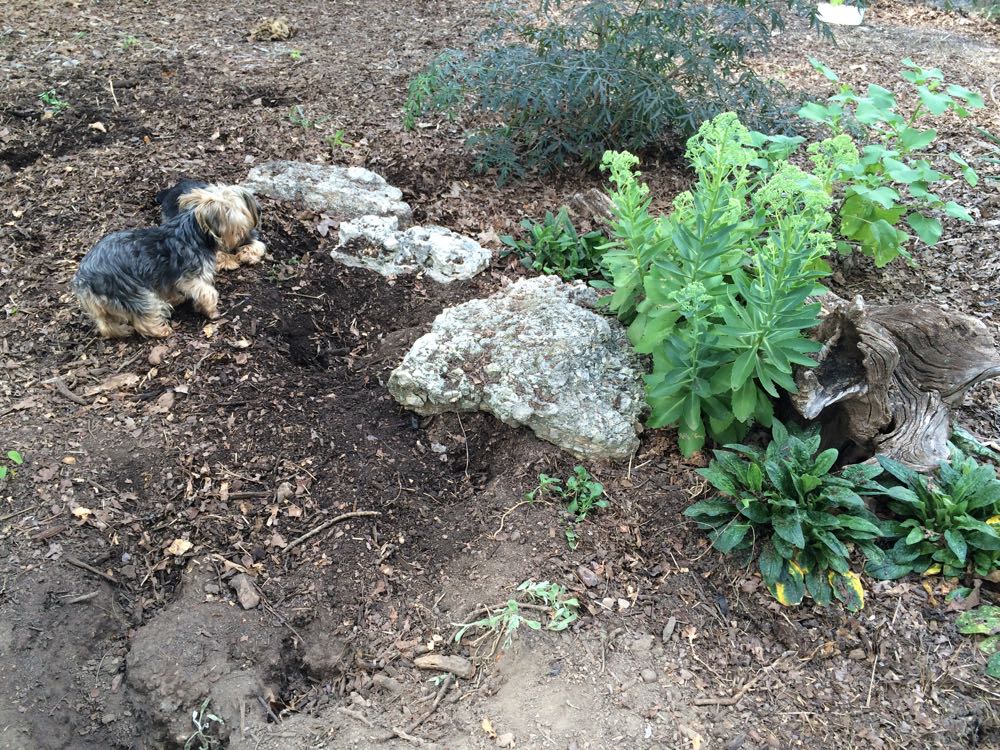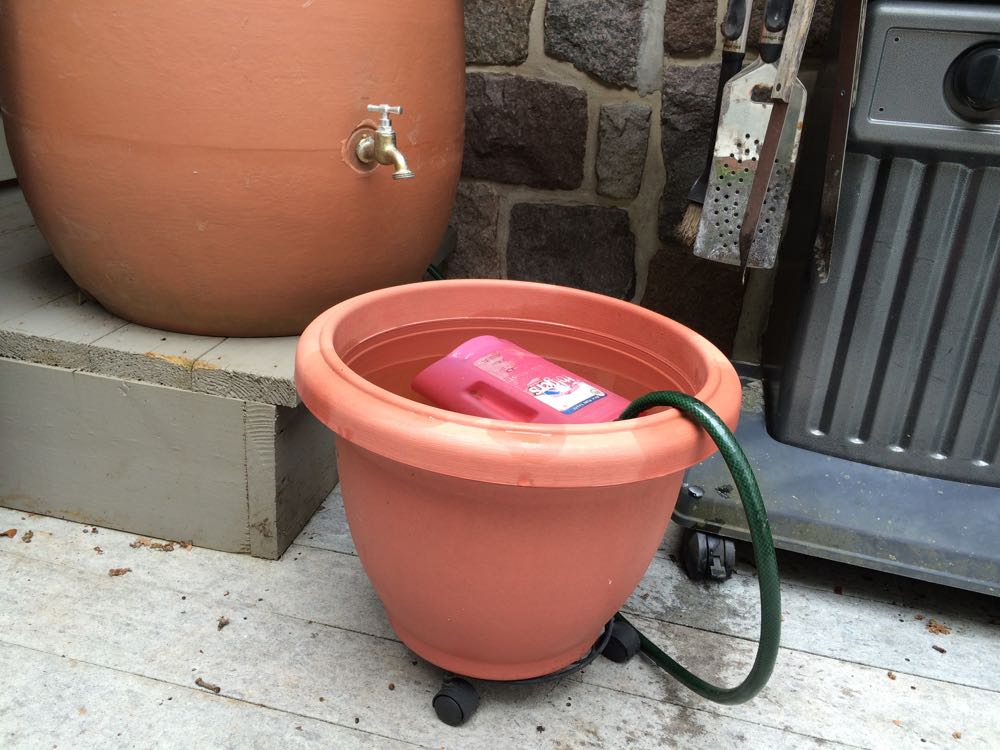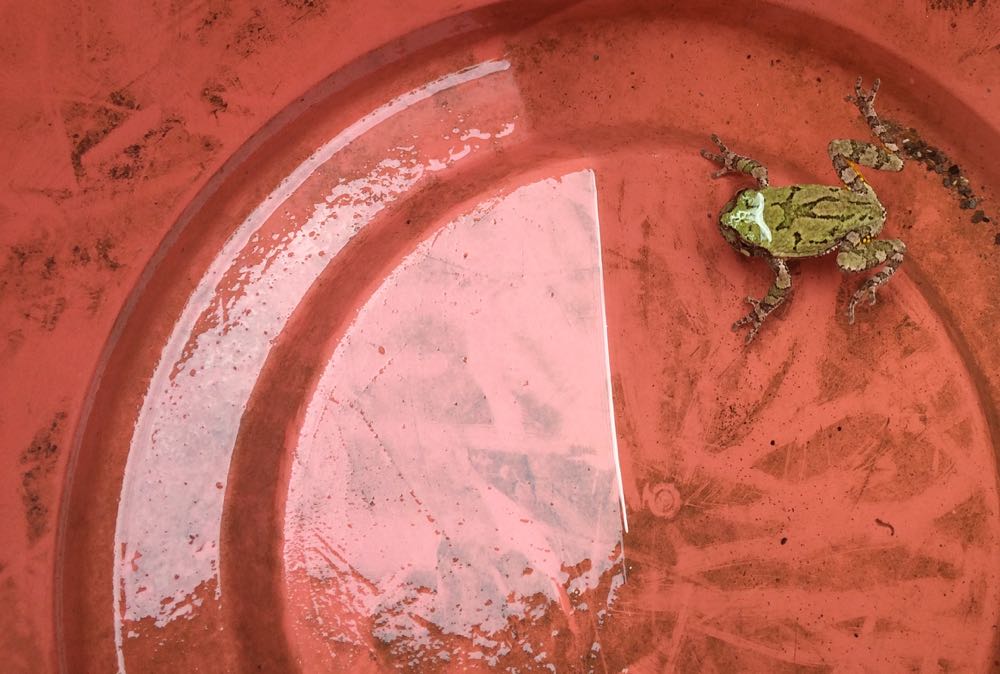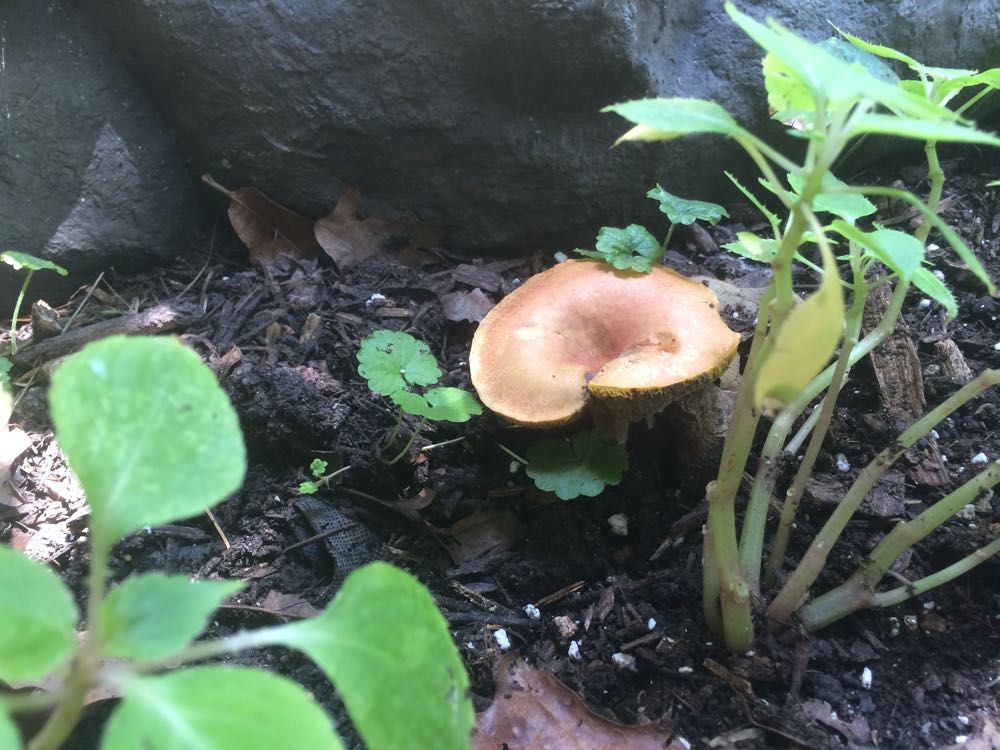Bumblebees in Gardens
/Bumblebees in Gardens
It’s been a busy time for calls about bumblebees. We may think our gardens are places to grow food and flowers, and develop a green mantle of a lawn, but to wild animals gardens are home.
Several recent calls centered around bumblebees stinging. Bumblebees, like many other pollinators such as butterflies, are at their peak population in September. Most bumblebee nests are in the ground and house 300-400 bees. Only the queen bumblebee makes it through winter so their canning supplies – honey – are only enough for one bee.
Bumblebees are normally quite docile, going about their business of shaking pollen out of flowers and not bothering anyone. They will sting if they feel threatened. Driving a lawn mower over their nest entrance qualifies to a bumblebee as a threat.
On the other hand, bumblebees are wonderful pollinators, providing a bounty of green peppers and tomatoes. If you don’t have them in your main traffic area, one option is to stay away from that area until a hard frost. It is a small price to pay for their pollination services.
Have you seen bumblebees in your garden?
Charlotte





























